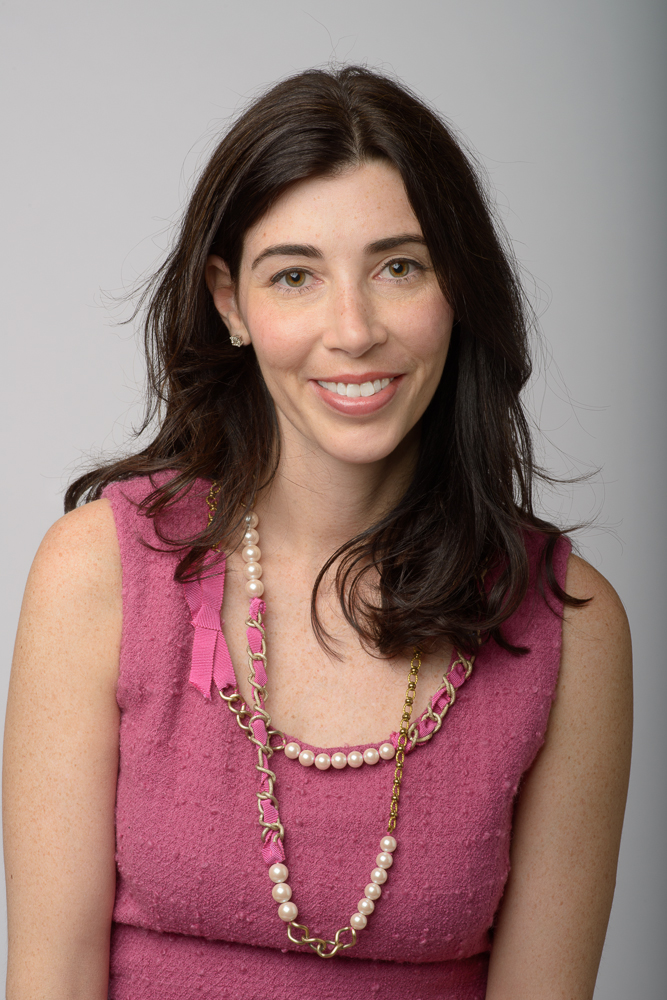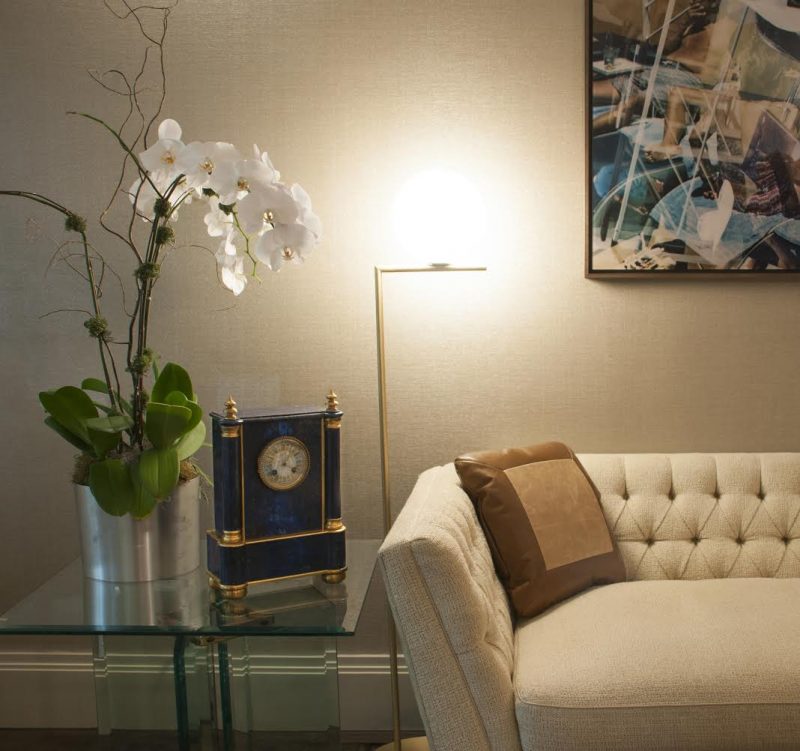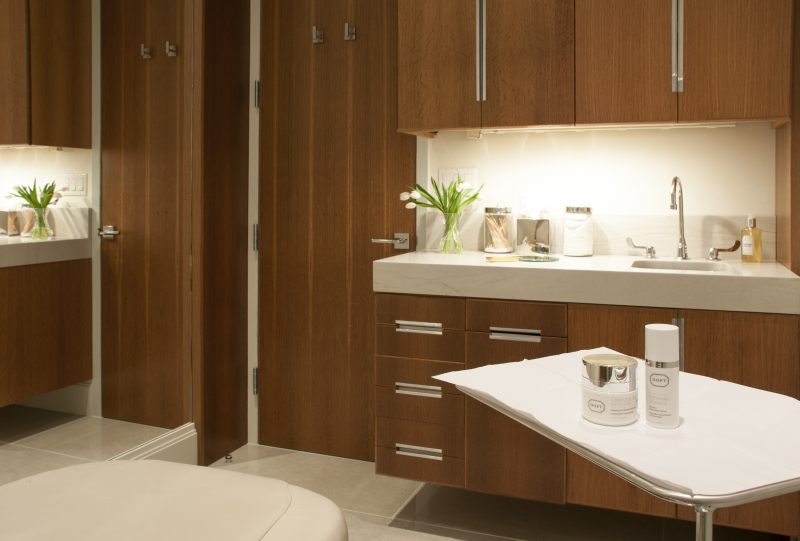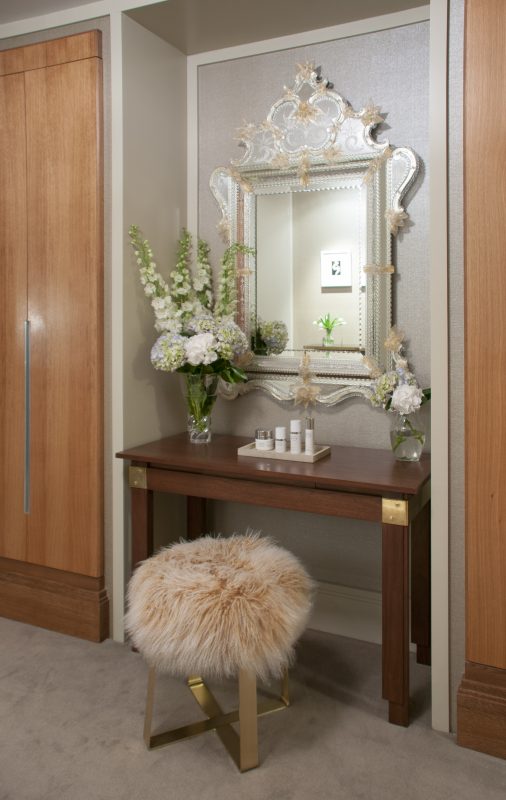Contemplating cosmetic procedures? If you want to look more like Jane Fonda than Jocelyn Wildenstein, then look no further than cosmetic surgeon Dr. Melissa Doft. Named a Rising Star in her field by the New York Times, she’s a magna cum laude graduate from Dartmouth with Rufus Choate Honors, where she studied biochemistry and art history, and was valedictorian of her class at New York University School of Medicine. But it’s her friendly, gentle demeanor that make you feel like you’re visiting a friend who’s looking out for your best interests, instead of a Dr. Frankenstein, who sees only dollar signs. While Dr. Doft’s clients range from ages 1 to 90, she specializes in women who are looking for a tasteful alternative to aging. While in her office, we met a young woman that had lost 150 pounds and was visiting the office for a tightening up, who claimed her experiences with Dr. Doft were life-changing. From tummy tucks to breast lifts for young mothers to alternative rhinoplasty solutions to basic Botox, Dr. Doft does it all. We caught up with her in her Park Avenue office to find out: What’s the deal with CoolSculpting? How cheap is too cheap? And what’s the advantage of invasive versus non-invasive procedures? Welcome to the practice that makes perfect.
It’s evident you put a lot of thought into your office space. Who designed it?
This is the first space that I really got to design on my own. My brother, Ian Kazanowski, is an interior architect and principal of IK Studios, and he helped. A lot of the artwork is by female artists, including a sculptural painting called “Goodbye Waves” by South Korean artist Lucy Kim and a photo montage by Mexican artist Alejandra Orozco. A lot of the furniture has also been designed by women—the lamps, for example, are Charlotte Perriand by IK Studios. She made smaller versions in the ’20s and ’30s. Ian wanted to use the inspiration of a cutting-edge female lighting designer and make them larger. Even the leather work in our office is done by a young female leather-maker named Christina Antonio. The soda is a Florence Knoll by IK Studios, the chandelier is by Lindsey Adelman, and the carpet in the reception area is by Ingrid Dessau, which was acquired from FJ Hakimian.
What made you get into this business in the first place?
I wanted to be a pediatrician since I was 2.5. My mother’s pediatrician inspired me; she was one of those old-fashioned pediatricians. She would warm her hands over the radiator…very gentle, very kind, just a lovely, lovely woman. So I said, ‘This is what I want to do!’ Of course, my parents were very excited.
Did you say actually say “I want to be a pediatrician” at that age?
I did! [Laughs] In 1st grade, a 9th grade science class dissected a frog in front of us and I said, ‘This is it. I’m going to be a pediatric surgeon.’ I loved watching how things interacted, how things moved, understanding anatomy and how things operate together. When I went to college at Dartmouth, I worked with a plastic surgeon and thought it was really interesting.
What was it about cosmetic surgery that interested you?
I thought plastic surgery was an area where you could constantly learn and do something different every day. Cardiac surgery, for example, is very powerful—it’s scary because people can die on the table, but it’s also the same operation over and over again with small differences. In plastic surgery, every patient has a different desire, a different face, and a different body. I have patients who vary in age from one-day old to people in their 90s and everything in between. One operation that I loved was seeing a plastic surgeon take a piece of the breast tissue and make a new mouth for somebody who had throat cancer. He basically restored this man’s ability to eat, drink, talk, and look normal.
What stigmas do you face in plastic surgery?
People say, ‘Oh you’re so vain,’ or ‘That’s not real medicine.’ But you know what? You see the difference in people. You can do a two-hour operation and you could change a child forever whether it’s pinning back their ears or doing an ear molding (which I do tons of)—even changing a woman’s nose can give them a whole new lease on life. You’re not saving people’s lives, but you’re really making them so much better. So for me as a surgeon, I really have to think about how I’m making an incision, how I’m prepping, how I’m laying somebody out…there’s so many layers of it and every single bit counts and particularly in a climate like Manhattan, where you are held to such a high standard. It’s kind of a competitive crowd. Just this morning, a lady came in and the first thing she said to me was, ‘I’m interviewing many doctors.’ But others will come in and say, ‘I read that you’re first in your class’ or ‘I want to go to a woman.’
What are some of your popular procedures?
I love doing facial procedures—eyes, noses, facelifts, and necklifts. I also do a lot of pinning back of the ears. Because I’m a woman, I do a lot of breast reductions, breast augmentations, breast lifts, tummy tucks, and liposuction. I do reconstructive and cosmetic. I like that women come to me for their body procedures. As a woman, I can understand their bodies. As one client put it, ‘Why would I want to undress and show the one part of my body that I am most insecure about to a man?’ My female clients aren’t coming to me for big implants either. Most just want a little upper fullness or some more cleavage. They want to look like how they looked at 20, and not different than what they looked like at 20. The trick is to put in a smaller implant that creates a foundation, and lift the breast around it. You can also do it without an implant, but you won’t get the same fullness on top. And you can do fat grafting, but you have to do it multiple times and it’s not predictable how the fat will survive.
As a woman, what are some other ways your perspective is unique?
I have the same goals as my female clients. They say, ‘I want to be able to wear this bikini,’ and I want to wear that bikini too! I typically don’t have patients who come in saying things like, ‘My husband cheated on me. I want to look sexy.’ They often go to a man, because they want a man’s opinion. I have women who say things like, ‘I had children and I want my look restored. I want my body back.’ The difference between going to a woman versus a man is that the man might say, ‘You’re going to look great!’ I say, ‘I think you’re going to feel really good.’ The sentiment is a little different.
Do you ever have to say no to a client?
If I don’t think somebody’s expectations are realistic, I say no because it’s much worse for them to be upset afterward than to be upset with me because I said no. If you don’t look good and you tell everyone that you went to Dr. Doft, that’s not very good for me. Patients are essentially walking advertisements.
On to Botox…What should first-timers know before getting it done?
I wouldn’t do it if I was breastfeeding or pregnant. There’s probably no risk, but I wouldn’t do it. There are three brands: Dysport, Botox, and Xeomin. Botox and Xeomin are similar, and were under patent infringement for a few years. The Botox is the toxin plus a protein; when you inject it, the protein comes off of the toxin and the toxin starts working. Xeomin is like a naked Botox, so it doesn’t have the protein. So it actually works a little bit faster. The Dysport is a different strain of botulinum toxin—it works a little faster too. Dysport is usually used for a larger surface area. In theory, Dysport is a great option for foreheads. But they are all pretty much equivalent.
What would you say to someone who is price shopping?
These are permanent results, so you don’t want to price shop. Some people charge $25,000 for a rhinoplasty, but they’re not much better. In New York there’s the feeling, ‘I charge more, therefore, I’m better.’ Our prices are fair—they’re definitely not the cheapest, but they’re not extravagant. In terms of Botox, you might look on Groupon and see great prices, but some people are getting it from China or they’re importing it from Canada or Mexico for half the price. It’s the same stuff, but legally, I can’t inject it if it’s coming from another country.
What do you think of Bravo’s show Botched?
These plastic surgery shows make people more aware of what’s out there, and to be careful and do your research. One of the things that isn’t talked about much in the press is how important it is to go to somebody who’s done their homework and is board certified. Some opthamologists say they should be doing eyelifts, and some ENTs say they should be doing facelifts and noses. Meanwhile, there was this interesting paper that looked at how many cases of each type of operation were done by specialists in each field, and plastic surgeons came out doing higher in everything. For some reason, our society doesn’t talk about that. Then you have non-surgical fields like dermatologists doing liposuction, and there are complications to liposuctions. Usually it’s fine, but there are perforations of intestines every year. When I look at doing a surgery I try to think about how I can take risk out of this.
How do you feel about CoolSculpting?
Some people try to get non-invasive procedures done and then want the results of a facelift. By then, they’ve used up all of their money. The same goes for Cool Sculpting, where people are wanting the results of actual liposuction. So while it’s lovely to have no downtime, if you are being cost-conscious, you should realize that you’re not getting the full package. Most people say CoolSculpting is about 15 percent of what you can get with liposuction, but it’s still a few thousand dollars. Liposuction is probably a few more thousand dollars, but if it’s twice as expensive and you are getting 85 percent more results, that’s a very big difference. That said, I’ve also had people come into the office who have deformities from CoolSculpting. You have to do the research.
What are some unusual procedures you do?
A lot of people are unaware of liquid rhinoplasty. Using filler for a rhinoplasty is really interesting. It won’t fix a big tip, but it’s really good for fixing problems along the bridge. It’s also good for tweaking rhinoplasties that ended up being asymmetric. So instead of going back and getting a second rhinoplasty, you can sometimes fix it with a filler. Not many people know about this, but we do a lot of them. Another place we like to use fillers is in the earlobes. When you wear really heavy earrings, it can pull down the hole in the ear. I’ve been repairing the hole and re-piercing adjacent to it. As you get older, you lose volume, so if you use a little bit of filler it makes the earlobe a bit more full. A new way of thinking about lip fillers is about defining the lip line and giving a little bit of volume to the inside. That edge makes such a big difference. Also, we do a lot of eyelid lifts. Most people think you have to go to sleep for it but we do it under local anesthesia in the office. It’s pretty straightforward and easy. It makes a huge difference. It’s like having a dress that fits versus one that’s a little too big.




